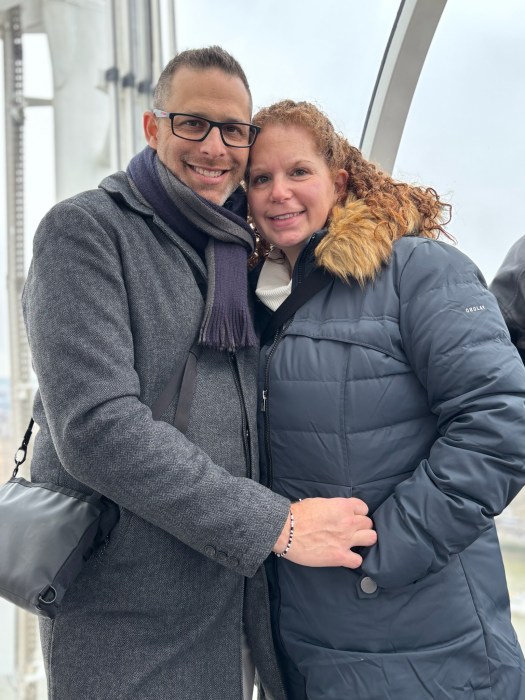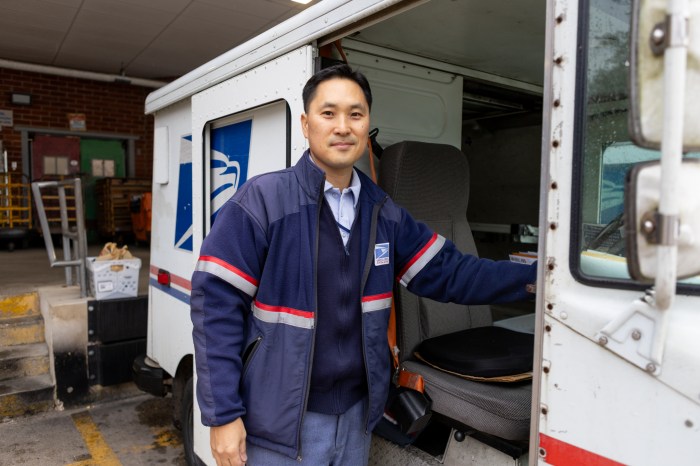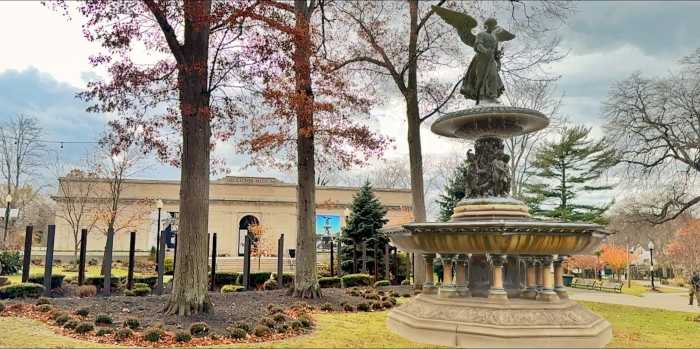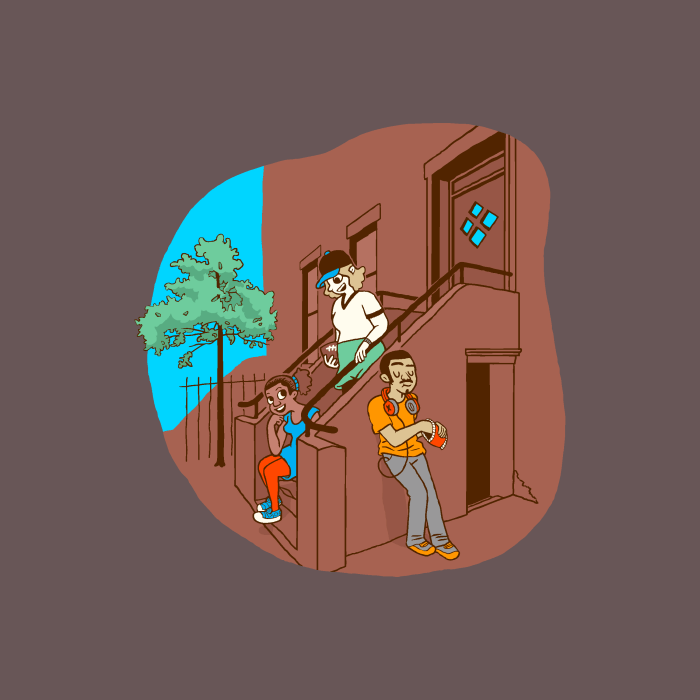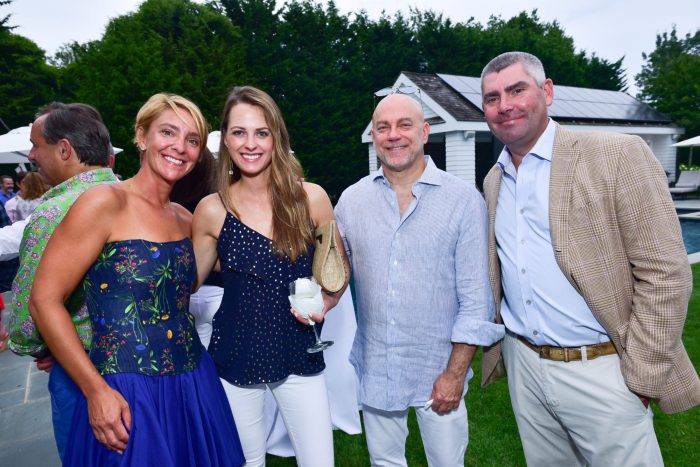With a general discontent about the view-blocking pedestrian railings recently installed along West Shore Road, the discussion at the Oyster Bay Civic Association meeting on Sept. 18 focused on the possibility of having the road designated as a scenic highway.
This concept was suggested by Gregory Druhak of Centre Island, a regular traveler along West Shore Road, who said, “I believe this is the most scenic drive on Long Island west of the Hamptons, perhaps on all of Long Island itself, and it is not being treated as such. I feel we are being given the Lefferts Boulevard [down by JFK airport] expressway extension instead. For all you can see, it might as well be the Belt Parkway below the fence instead of Oyster Bay. This is wrong.”
Previously the view featured sailboats on the bay. Designating it a scenic highway would change the NYS specifications on the railings and Donna Boyle, West Shore Road project manager, said, “We can look into that.”
She and Michael Martino, press secretary, attended the meeting to discuss Phase II of the project, repairing the road from the LIRR trestle bridge to Cleft Road.
Calling West Shore Road a “scenic highway” defines what residents wanted to keep when they originally opposed the work that is currently being done for safety’s sake as parts of the seawall are “like Swiss cheese,” said Martino, “when viewed from the beach,” added Boyle.
She explained that to create the scenic highway designation, “A group has to do it, and leadership is needed.”
In spite of that, she seemed willing to work with the concept if possible. Nassau County Leg. Don MacKenzie, who attended the meeting, thought there were possibilities to soften the design. Several local residents exchanged phone numbers thinking of what was needed to get a scenic highway designation for the road, including Peter LoPipero, who had been involved earlier with opposition to changing the bucolic look of the road.
A reassuring part of the Phase II is that it will begin after the Oyster Festival, on Nov. 5 and therefore not create traffic problems on the busiest weekend of the year, Oct. 18 and 19. The roadway will be totally shut down from November until mid-February 2015. From February to May, the road will be shut down weekdays from 9 a.m. to 3 p.m., during project working hours, and will be open to two-way traffic during non-working hours.
Work will bow out for the summer season to return again in early November, and work will continue through the middle of December to mid- February 2016. During the work on the North Annex, by the Bayville Bridge, the shutdown will be only weekdays during the working hours of 9 a.m. to 3 p.m.
Some Benefits
The project has some pluses. There will be a walkway constructed along the West Shore Road from Beekman Beach to Cleft Road with access from the back of the beach parking lot. The exit will have a ramp so that bikes can get onto the road, something residents were campaigning to have.
During Phase II the detours will be shorter than in Phase I, said Martino. Also the work will be easier because the site is less complicated. There were water issues that had to be taken care of in the previous Phase I project.
The presenters made it clear that it was safety that was pushing the project. At one time they had hoped to raise the Phase II section of the road, which is lower than other areas, but in response to residents’ objections and a comment by the LIRR that raising the road would negatively impact their RR trestle bridge (that was recently raised to allow today’s higher trucks to go through), Boyle said, “That was the icing on the cake, for the decision.”
That north section will have special drains to catch the “first flush” of a storm, which traditionally would carry all the roadway debris into the bay. Since it was not raised, the road will receive storm surges that will wash away naturally.
Also, Martino said the DEC and the Fish & Wildlife Service are happy with the way the wetland area was respected during Phase I and are therefore making it easier for the permitting process. The U.S. Army Corps of Engineers and the NYS DOS are also part of the permitting groups.
The second part of Phase II project is for the area near the Bayville Bridge. It has been given a temporary fix; as Boyle explained, “They can’t close the road at both ends at one time.”
That approximately 1,000-foot section of the north end of West Shore Road—which was damaged by an early summer storm—will be repaired from early November 2015 to mid-February 2016.
“This project is essential to both the safety of our residents as well as the local business community,” said County Executive Edward Mangano in a press release. “This project will begin and end on schedule just as the previous phase did last year.”
Another plus for the work, commented a resident, is that the overhead wires are being eliminated since the utilities are being buried underground.
Construction will be performed by A.L.A.C. The company’s contract was approved by the Nassau County Legislature after a competitive bidding process. A.L.A.C. also performed work in the first phase of the project. The cost for this phase is $9.5 million, said the county.
Additionally, residents can go to the Nassau County website, and the websites for the villages of Bayville and Mill Neck, to see the Power Point presentation shown at the meeting. Call Martino at 516-571-6884 for info.




